Chinese Carrier Aviation In 2024 - The Year So Far
Chinese efforts modernising and expanding indigenous carrier aviation capabilities have taken several notable development steps over the last few months. The newest aircraft carrier Fujian, currently fitting out in Shanghai, is of course a significant motivating force behind all these programs. The catapult-equipped carrier, a first for China, will possibly undergo her first sea trial within weeks. However, recently observed developments also carry operational implications for PLAN’s current force of two STOBAR (ramp launch) -equipped carriers Liaoning and Shandong. This article aims to provide a brief overview and update regarding relevant recent events.
KJ-600 carrier-borne AEWC aircraft

The KJ-600 is China’s incoming fixed wing airborne early warning and control (AEWC)-platform. The aircraft is in overall configuration similar to the E-2 Hawkeye-series of aircraft operated by the US Navy. First flight for the type occurred in August 2020. Assuming imagery of flying airframes with serial numbers is reliable, at least six prototypes or pre-production aircraft, numbered 7101 through 7106, exist so far. Furthermore the type in December 2023 has started to appear at China’s land-based catapult testing facility at the Huangdicun naval aviation base. In addition a mockup of the KJ-600 is now also present on the aircraft carrier Fujian, in addition to mockups of fighter jet types J-15 and J-35.

The observation of additional flying prototypes in addition to land-based catapult testing and mock-up testing on Fujian suggests the overall effort is proceeding relatively smoothly. It is unclear at this stage whether China intends to also introduce a cargo-variant of the KJ-600 for carrier onboard delivery (COD)-roles similar to what the USN does with the C-2 Greyhound. Furthermore it is also questionable whether the type will see service off Liaoning and Shandong. Given the STOBAR-carriers respective design-inherent limitations for aircraft launch and stowage, this seems unlikely, but remains to be confirmed.
J-35 new generation carrier-borne fighter

The J-35 represents the next generation of carrier-based fighter capability for PLAN, complementing and eventually replacing the Sukhoi Su-33 derived J-15. The first flight of J-35, itself a heavily revised development of the earlier FC-31 developed by Shenyang Aircraft Corporation (SAC), occurred on October 29, 2021. It remains unclear how many J-35 are flying so far. Two flying prototypes or pre-production airframes appeared in Chinese social media imagery in late March. A mockup of the type started to appear on carrier Fujian in November 2023.
Importantly another mockup also started to appear on carrier Liaoning in February 2024. The first PLAN aircraft carrier, commissioned in 2012, was then just completing her midlife refit (MLU) and has since completed a first post-MLU sea trial. This appearance heavily hints at PLAN intentions to operate this new generation fighter from both the existing STOBAR-carriers and new catapult equipped hulls. Such a step seems logical also in light of PLAN’s requirement to complement and eventually replace its Russian-legacy J-15 across all carriers.

Similar to KJ-600 the appearance of more flying airframes in addition to mockup-testing onboard both carriers Fujian and Liaoning supports the notion that the overall J-35 program is progressing well. Whether the second carrier in service, Shandong, will see similar work in the near future remains to be seen. It is also conceivable that the newer carrier is already capable of supporting J-35. Alternatively the ship may undergo modification at a later stage, when her own MLU is due.
J-15 carrier-borne fighter

The J-15 represents PLAN’s current carrier-borne fighter capability and is in use on both Liaoning and Shandong. Based on observed numbered airframes seventy or more airframes are in service to supply aircraft for the two STOBAR-carriers and land-based training capacity. Beyond the original STOBAR-fighter variant J-15 has seen further development. This includes a two-seater version for training, the J-15S, but also a variant optimised for electronic warfare dubbed J-15D. In addition a version capable of catapult-launch is in active development and designated J-15B. This model is a continuation of work started with an airframe commonly referred to as J-15T. The original prototype first appeared in land-based testing around 2016.

Observable development on J-15D has been prolonged, with the configuration flying first in 2016. It remains unclear, to what degree the type will see introduction across China’s aircraft carrier fleet. At least one airframe continues active testing and the latest imagery of this effort dates from late March. Two mockups of the type have also previously appeared on Liaoning.

As for the catapult-launch capable variant J-15B, the most recent imagery again dates to March this year. Pictures circulated on social media show two airframes apparently conducting testing at land-based facilities. The fact that one mockup is present on Fujian suggests that development of the type for operational fielding is proceeding. The relative weighting of the program compared to J-35 and the resulting fleet mix onboard Fujian remains to be seen. It is conceivable that J-15B will become the new standard fighter also replacing older J-15 onboard Liaoning and Shandong. This requirement may arise, once airframes reach the end of useful life or obsolescence due to fitted equipment.
Carrier Fujian approaching first sea trial

In conclusion the recent months have shown lively activity for the development of Chinese carrier aviation. The ongoing testing of all three relevant fixed wing-aviation programs for PLAN suggests healthy progress in fielding an expanded and more modern carrier aircraft-capability. The most important next step in this regard is indubitably the first sea trial for carrier Fujian. The third Chinese carrier, and the first equipped with catapults for aircraft-launch, has earlier this year returned to her fitting out-berth, after completing some cleanup work in drydock. Most recently the ship has seen her life-rafts fitted and application of flightdeck markings is also currently underway. As such a first sea trial within weeks appears plausible now.
Will China’s fourth aircraft carrier steer towards troubled waters in Asia and challenge the US Navy?
China’s fourth aircraft carrier is expected to help expand its maritime presence in Asia, but a lack of naval combat experience and insufficient supply bases in the region could hamper its power projection.
While the mainland Chinese military’s focus for its aircraft carrier deployment is likely Taiwan, it could also engage in sabre-rattling measures in the South China Sea, security analysts say.
During a legislative session in Beijing earlier this month, Yuan Huazhi, the political commissar of the Chinese People’s Liberation Army (PLA) Navy, said China would unveil its fourth aircraft carrier soon.
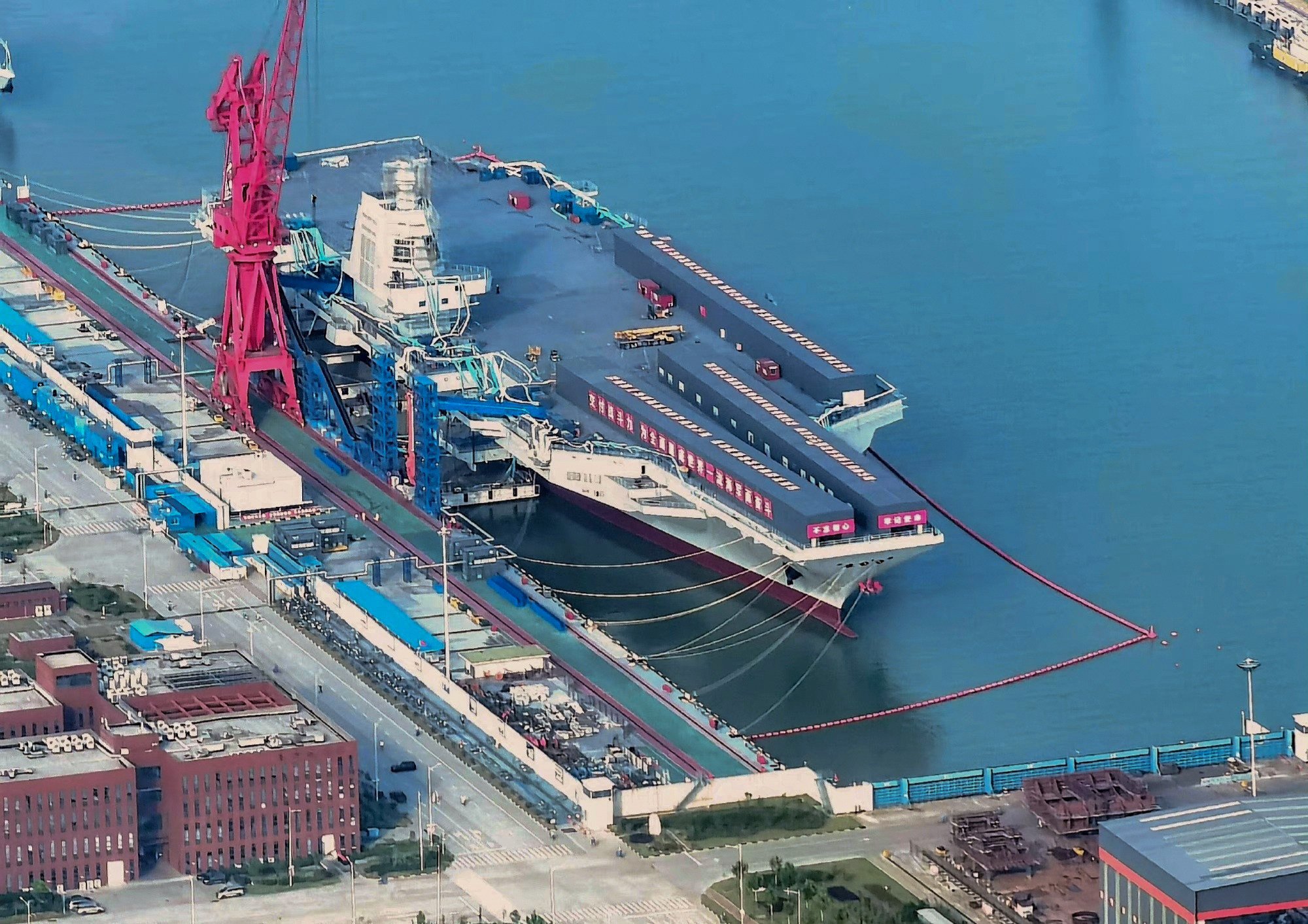
When asked in an interview if the latest carrier is going to be nuclear-powered, Yuan said details of the vessel would be announced “soon”, according to a video posted by the Hong Kong Commercial Daily on the social media platform Weibo.
There had been no delays or bottlenecks in the construction of the new carrier, Yuan said. His comments were the first confirmation of China’s efforts to build its fourth aircraft carrier, commonly known as the Type 004.
Illustrations of the vessel have been circulating online, with the artwork purportedly coming from the Jiangnan shipyard in Shanghai, where it is believed to be under construction.
Chinese scientists send aircraft carrier catapult technology soaring
25 Mar 2024
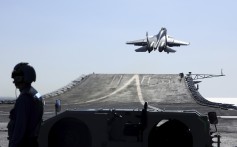
Chinese scientists send aircraft carrier catapult technology soaring
25 Mar 2024

Abdul Rahman Yaacob, a research fellow in the Southeast Asia programme at Australia’s Lowy Institute, said if the fourth aircraft carrier is fuelled by nuclear power, it could operate “power-hungry” weapon systems and equipment.
“A nuclear-powered aircraft carrier can operate longer at sea without replenishment, thus the Chinese Navy can project and exert a stronger presence,” he added.
An aircraft carrier typically operates with an escort of submarines, destroyers, and supply ships and would require replenishment and refuelling. China does not have access to many military or supply bases in the region, unlike the US, Rahman says.
A weekly curated round-up of social, political and economic stories from China and how they impact the world.
By submitting, you consent to receiving marketing emails from SCMP. If you don't want these, tick here
While the US Navy is experienced in naval battles, the Chinese navy has not been tested as yet, and it remains to be seen if its aircraft carrier group can perform in wartime conditions as effectively as the Americans, Rahman said.
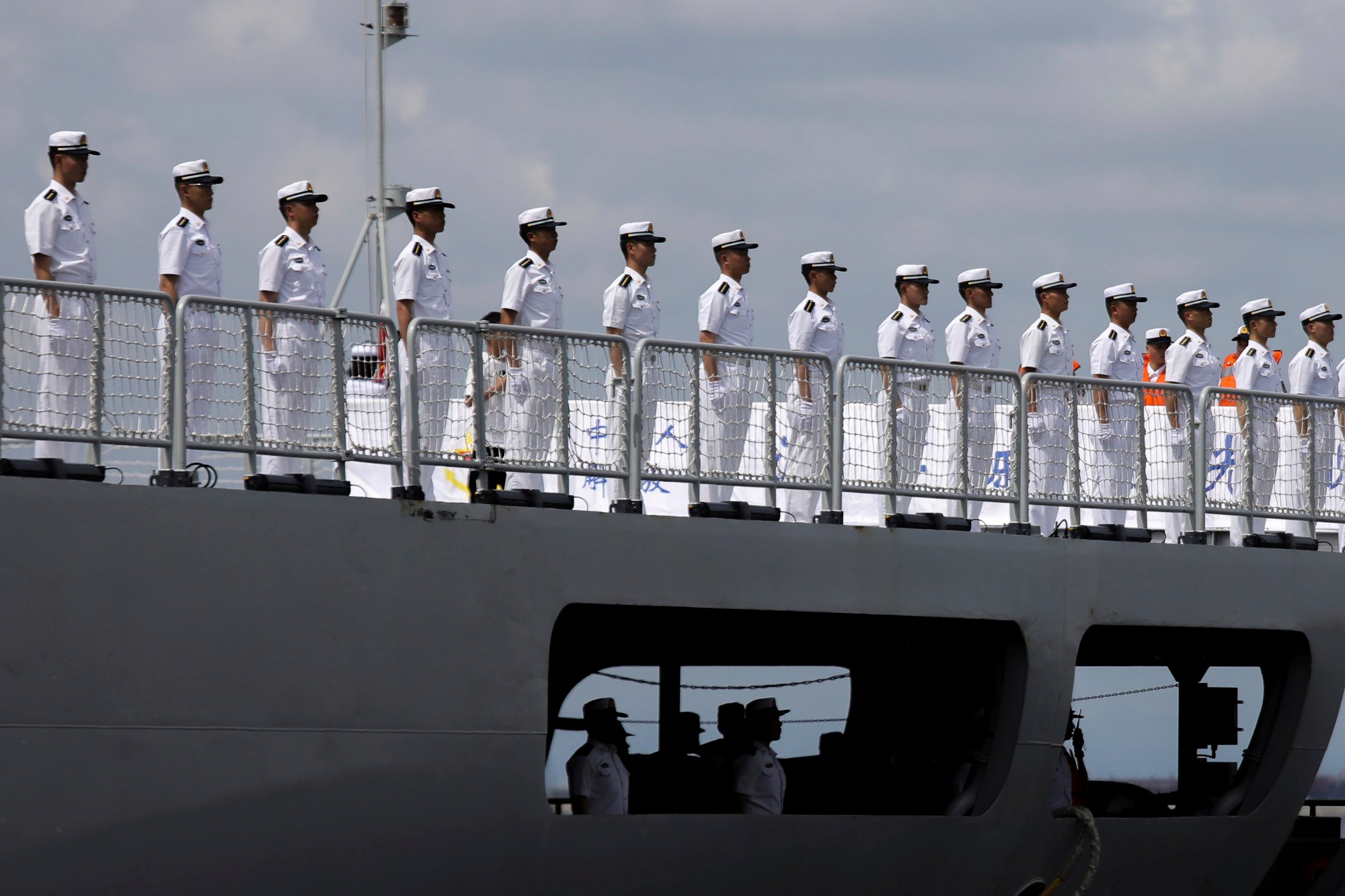
Apart from its regional supply bases, the US can also tap support from its allies including Australia, South Korea, and Japan, enabling it to have an edge over the Chinese, he added.
Malcolm Davis, a senior analyst at the Australian Strategic Policy Institute think tank, said that the regional balance of power is expected to be recalibrated as China boosts its aircraft-carrier capabilities and catches up with the US.
“But operational context matters”, Davis said, noting that the Chinese carriers’ primary mission is to support the PLA’s joint landing operations targeting Taiwan.
“So while the carriers will allow the PLA Navy to operate with more confidence in other regional contingencies, I think its key role is still Taiwan-focused,” Davis said.
Amid Taiwan tensions, Beijing reveals it is building aircraft carrier No 4
6 Mar 2024
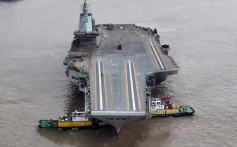
Amid Taiwan tensions, Beijing reveals it is building aircraft carrier No 4
6 Mar 2024

China’s third aircraft carrier, the Fujian, is equipped with advanced features including electromagnetic catapults and arresting devices that allow warplanes to be launched more frequently. Its two other operational aircraft carriers are the Liaoning and the Shandong.
The unnamed fourth carrier is likely to be nuclear-powered and comparable in size and capability to the US Nimitz-class aircraft carriers, Davis said.
The 10 Nimitz-class nuclear-powered aircraft carriers are capable of operating for over 20 years without refuelling and have a potential service life of over 50 years. In total, the US Navy has 11 aircraft carriers.
Given the global responsibilities of the US, it cannot concentrate its aircraft carriers in one region, Davis said.

“China can concentrate its carrier capabilities while seeking to project power beyond the second island chain”, Davis said, adding: “It opens the path for future carrier development for China’s navy as it builds up a multi-carrier force and gains experience in naval air operations.”
The first island chain refers to the Kuril Islands, the main Japanese archipelago, Okinawa, the northern part of the Philippine archipelago, the Malaysian peninsula, and Taiwan while the second spans from some Japanese islands to Guam and Micronesia.
Joshua Bernard Espeña, vice-president at the International Development and Security Cooperation think tank in Manila, said China’s fourth aircraft carrier would lead to “more sabre-rattling” by Beijing and have an impact on Southeast Asia.
China could seek to deter countries whom it perceives as being responsible for escalating tensions in the South China Sea and the Taiwan Strait, Espeña said. As such, regional countries like the Philippines must learn to deter China from taking provocative steps, he added.

China and the Philippines have been locked in clashes in the South China Sea for months, with the Chinese Navy having deployed its coastguard ships and other non-military vessels to try to force Philippine boats out of the contested waters.
“Regional defence planners must develop approaches to counter [China’s] strengths and exploit weaknesses of the carrier task force,” Espeña said. One drawback faced by the Chinese task force is that some of its aircraft carriers based on Soviet-era designs had encountered “maintenance issues”, according to Espeña.
China’s naval ambitions
China has been embarking on efforts to modernise its navy following disruptions caused by the pandemic. In addition to its aircraft carriers, China has launched guided-missile destroyers and amphibious assault ships in the past few years, with the capacity to operate thousands of miles away from its coastal areas.
In a testimony to the US Armed Services House Committee last week, US Navy Admiral John Aquilino said China’s military is expanding at a rate not seen since World War II. The head of the US Indo-Pacific Command said mainland China is on track to meet its goal of invading Taiwan by 2027.
Chinese security analysts cited by the state-run tabloid The Global Times said China is expected to build more aircraft carriers as part of its strategy to build a blue-water navy capable of projecting its power near and far from its waters. These carriers can better safeguard China’s sovereignty and territorial integrity, the analysts said.
Once China has achieved the capacity to build a navy that can gain control of the seas around the first island chain and deny access to the second, it will seek to project its power further afield, including in the Indian Ocean, Davis said.

03:03
Taiwan simulates attack from mainland China as island’s military conscripts begin extended service
Taiwan simulates attack from mainland China as island’s military conscripts begin extended service
“So when you look at Chinese naval power and consider whether it can challenge US interests, I would argue it certainly does, as part of a broader suite of military capabilities across the PLA including long-range air power, long-range precision missiles, space and cyber capabilities,” Davis said.
“Sea power is a key component of China’s growing military power, and the concern in the West is that Beijing will use military force to achieve policy objectives at the expense of a free and open Indo-Pacific region.”
In the face of China’s expanding navy capabilities, smaller Southeast Asian countries could learn lessons from the war in Ukraine and develop effective countermeasures, Rahman said.
China has drawn its line in the Gulf of Tonkin. Is the South China Sea next?
19 Mar 2024
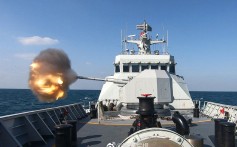
China has drawn its line in the Gulf of Tonkin. Is the South China Sea next?
19 Mar 2024

Ukraine’s sea drones have reportedly been thwarting Russian vessels recently, including a patrol ship that was sunk in the Black Sea earlier this month in one such attack.
Citing these attacks as an example, Rahman said: “The use of drones, mobile anti-ship missiles and sea mines – these are cheaper systems that Indo-Pacific countries could deploy to counter the Chinese Navy and its aircraft carriers.”


No comments:
Post a Comment